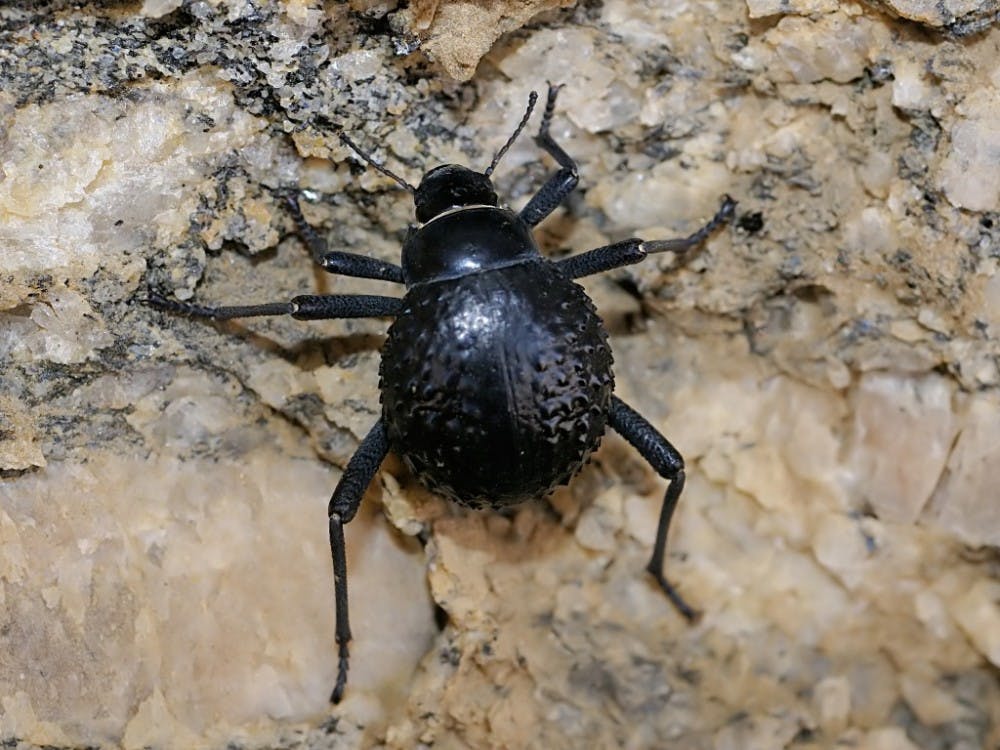A team of researchers from Virginia Tech has found a way to control frost growth caused by condensation. By manipulating chemical micropatterns, the researchers may be able to prevent frost from forming in dangerous places, such as airplane parts, condenser coils and windshields.
Through the use of photolithography, the researchers were able to control and ultimately prevent the spread of frost by patterning hydrophilic chemical arrays over a hydrophobic surface. The Namib Desert beetle inspired this breakthrough, as the unassuming insect is able to survive in one of the warmest environments while still collecting airborne water. The insect’s shell is bumpy, and the tops of the bumps collect water droplets. However, the sides are of the insect are smooth and water-repellent, pushing the droplets toward the beetle’s mouth.
The researchers have somewhat replicated the beetle’s shell surface at the Oak Ridge National Laboratory, but they have only done so on a 1 centimeter scale. They are confident, however, that the area can be scaled up to larger surfaces if these water-attracting surfaces are layered above water-repelling ones.
If they are successful in increasing the size of this beetle-inspired chemical pattern, the technology will be applicable in a variety of situations, such as on heat pump coils or airplane turbines and wings. When water forms and freezes on these surfaces, machines run inefficiently.
“Keeping things dry requires huge energy expenditures. That’s why we are paying more attention to ways to control water condensation and freezing,” Charles Patrick Collier, a researcher at the Nanofabrication Research Laboratory Center for Nanophase Materials Sciences at Oak Ridge National Laboratory, said in a press release.
According to Collier, by devoting more effort to this cause, many cost-efficient mechanisms of controlling water phases may be developed.
The research team explains that water begins to freeze at the level of a single drop. Once one droplet has the chance to freeze, an ice bridge begins to form as several icy drops combine. This bridge then extends over the surface of a material, causing the entire area to appear frosty.
However, with help from the Namib Desert beetle, the researchers have been able to manipulate fluid mechanics on surfaces so that dry zones replace what would have otherwise been entirely frosted areas.





